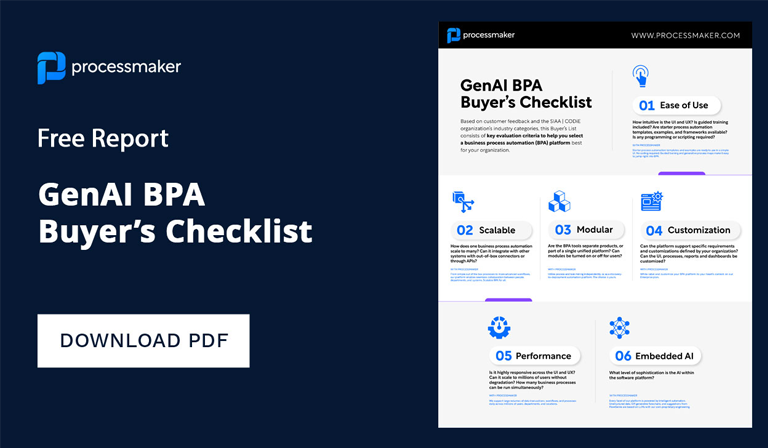The year began with such promise and optimism. The economy had been growing at a steady, albeit unsustainable, rate. The Dow Jones Industrial Average hit an all-time high in the middle of February. Higher education organizations planned to pump some of their surplus cash into improving their IT departments, systems, and infrastructures. In fact, according to the CIO Tech Poll: Tech Priorities 2020 report, some 59% of heads of IT anticipated that their technology budgets would increase over the course of the year.
Higher education institutions were among those organizations that planned boosts to their IT department budgets as they continue their push towards digitization. And then COVID-19 came along and changed it all. The pandemic has both altered and accelerated higher education institutions’ tech priorities and initiatives.
In the short-term, colleges and universities must ensure operational continuity in the face of enrollment declines and/or extended leaves of absence. In the long-term, however, schools must focus on evolving student needs and organizational viability. These seemingly conflicting priorities essentially mean that higher education institutions must do more with less, something that leaders are well aware of.
According to one survey, some 43% of education leaders report that IT department cost management is a key area of focus when it comes to modernizing infrastructure. In this posting, we will explore 5 IT investments for higher education institutions that are worth implementing now given the uncertainties that the industry will continue to face.
Higher Education IT Investment #1 – New online learning and collaboration technologies
There is no escaping it. The fall 2020 semester will kickoff with many students attending classes and learning from home. Despite many U.S. colleges and universities initially planning to resume classes, recent spikes in COVID-19 infection rates nationwide have left them scrambling to come up with alternate plans. Some schools will hold all courses online, while others like Harvard University, will feature a hybrid model where some 40% of undergraduate students, including all first-year students, will return to campus.
For most higher education institutions online learning has become a necessity. Yet the circumstances require more than merely going virtual. We live in highly uncertain times, where even the best laid plans can be scrapped at a moment’s notice. Online learning solutions must be flexible, accommodating the shift from virtual to in-person classes, or some combination thereof, and back again. Teachers need ways to interact with and engage students. And students, particularly first-year students, need a sense of community and belonging. This explains Harvard’s plans to welcome the entire incoming class back to campus.
And investments in online learning infrastructure should go beyond satisfying the immediate need brought on by the pandemic. Even when the situation has stabilized, it is likely that student learning needs and preferences will be forever altered by the experience.
Higher Education IT Investment #2 – Cloud Security and Privacy
As colleges and universities move to online learning, their systems and data become increasingly vulnerable to hackers. And it is not just teachers and students who are at risk. Faculty and staff accessing and transferring sensitive data when working remotely are prone to cyber schemes like phishing and ransomware attacks.
Stakeholders are well aware of the risks and are prioritizing security. For instance, 35% of education decision-makers report that the most important risk mitigation technologies are those that support cloud and remote learning security. Another 38% report prioritizing faculty and staff security awareness training.
Higher Education IT Investment #3 – Data and collaboration tools
Faculty and staff at many colleges and universities have been working almost entirely remotely since the spring semester. Many will continue working remotely in the fall, while others will return to campus in at least some capacity. To enable remote and hybrid working arrangements, schools need collaboration tools and the ability to access data from anywhere.
Master data management helps organizations to centralize the storage of data, grant access to systems, ensure data integrity, and allow stakeholders to gain important insights. Stakeholders can make more informed and rapid decisions so organizations can adapt to changing circumstances, as well as boost productivity and reduce costs. Schools can also use data to address learning declines caused by prolonged school closures.
Higher Education IT Investment #4 – Artificial intelligence and machine learning
Artificial intelligence (AI) and machine learning (ML) have a place in nearly every industry, and higher education is no exception. These technologies have potential uses throughout institutions, transforming universities everywhere into smart campuses. When recruiting, teams can use algorithms to predict which applicants are most likely to enroll. Time consuming administrative tasks like diploma and transcript requests, course registration, and financial aid can be automated; improving the enrollment process at every college.
AI and ML will also improve the student journey and aid in data analysis. Features like chatbots offer immediate assistance and personalized communication. In fact, many students prefer interacting with bots over humans. In situations where large unstructured sets of data must be analyzed, these technologies can be particularly effective.
Higher Education IT Investment #5 – Business process management software
We said above that cost management is a major priority of higher education leaders. We also briefly discussed the need for flexibility in learning given that plans can suddenly change. Business process management software allows higher education leaders to design and implement highly efficient and cost-effective processes. Moreover, stakeholders can test their workflows prior to implementation, helping them to develop contingency plans and ensuring that their organizations can respond to challenges in real-time.
About ProcessMaker
Business process management software, like ProcessMaker, provides colleges and universities with a scalable solution to automate their workflows, boosting efficiency and coordination across the institution, while providing superior student experiences and improving retention. Download our whitepaper iBPMS in Higher Education or view a series of free demo videos of our platform.





